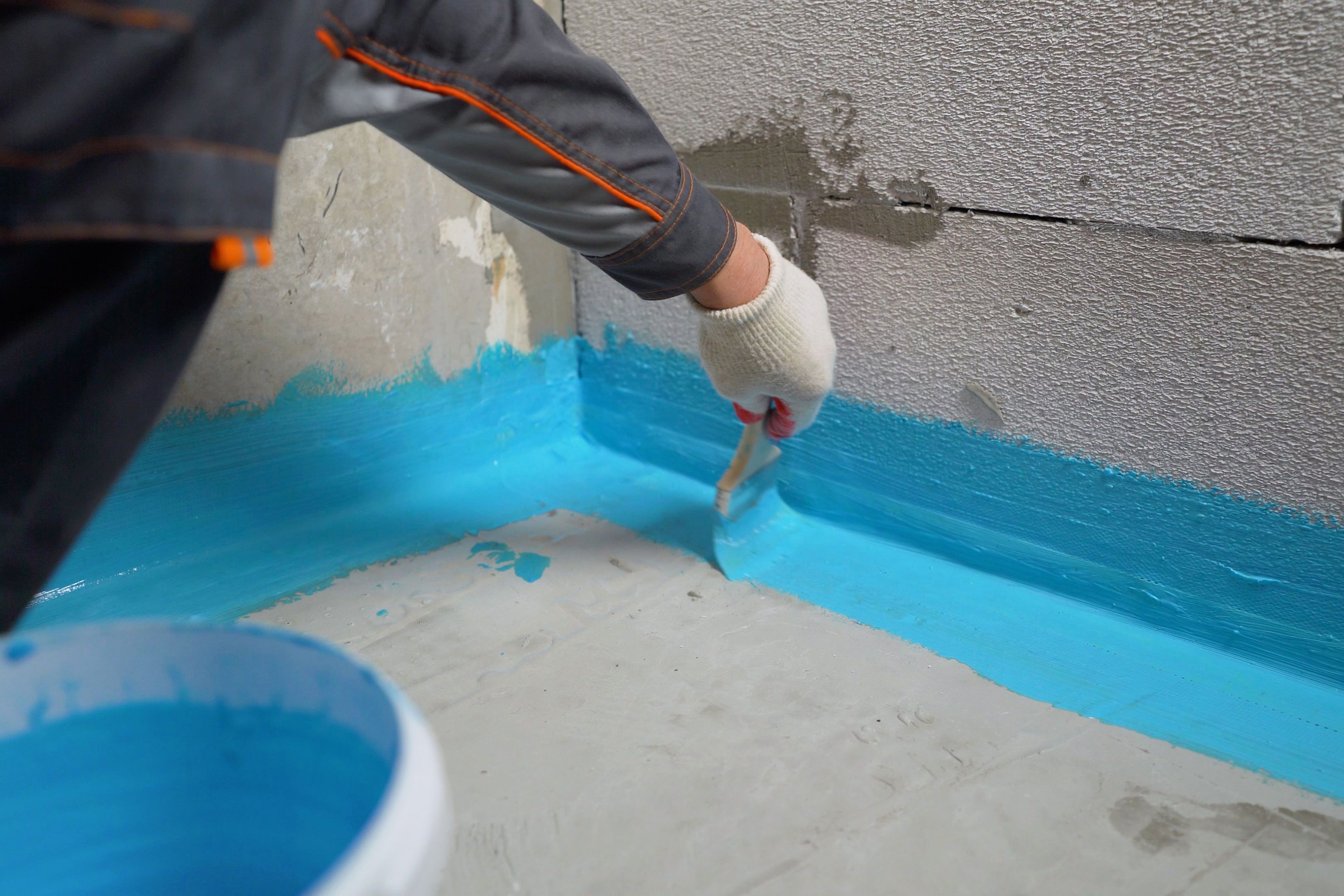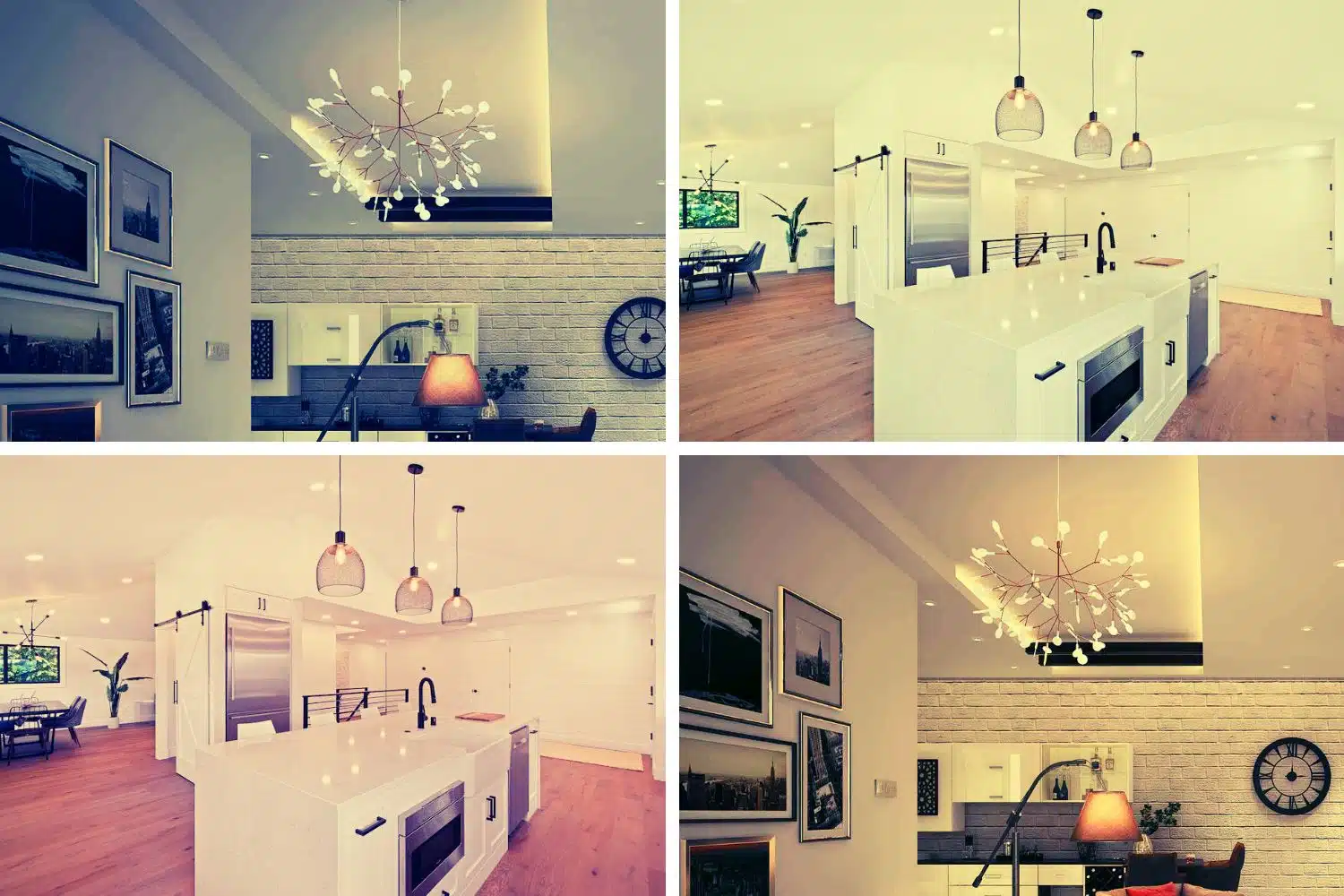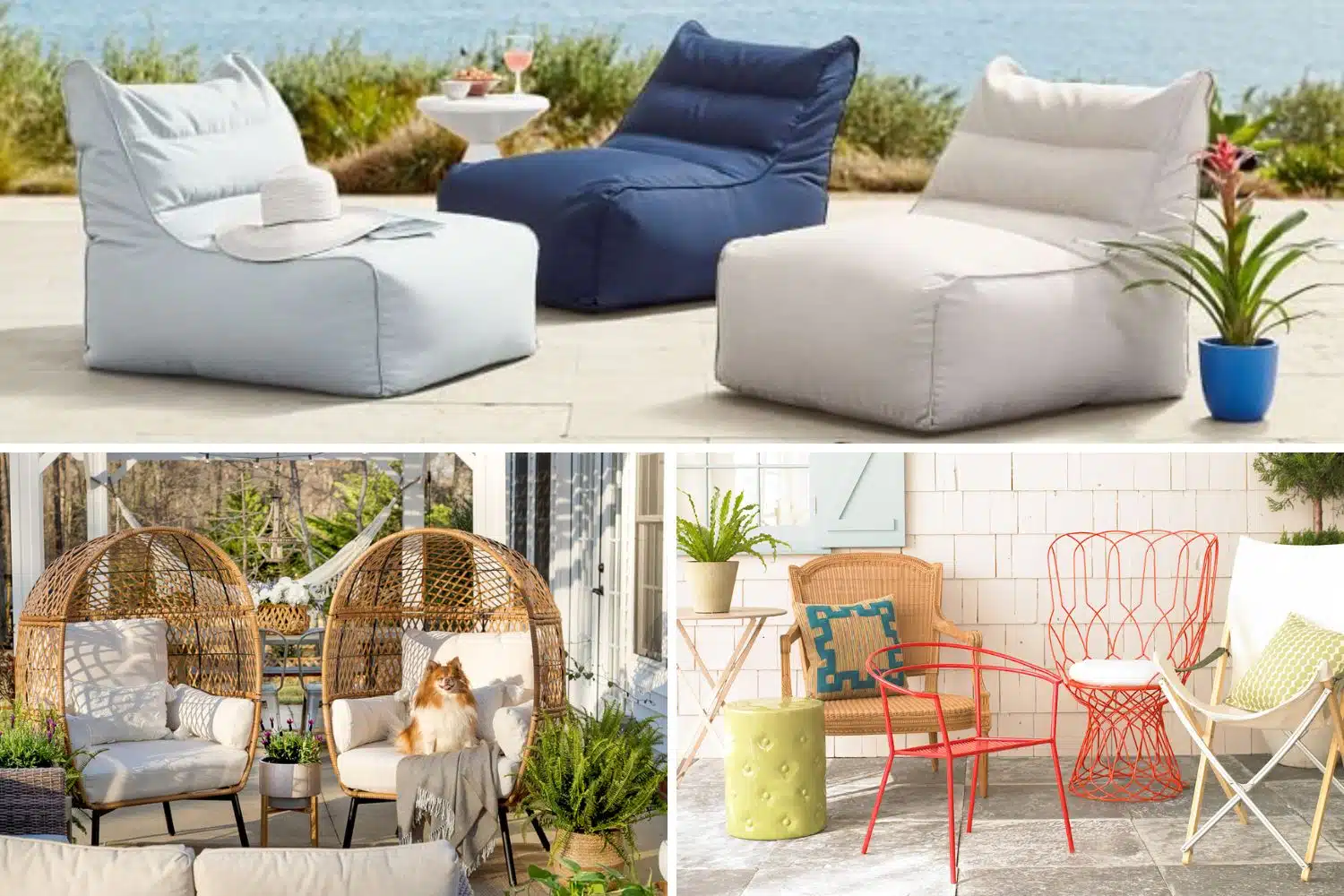The damage caused by water is one of the biggest nightmares for homeowners, especially those living in flood-prone areas. Natural disasters are becoming more frequent and severe due to climate change, making water damage prevention more important than ever.
In this blog post, we’ll share some practical tips and tricks on how to flood-proof your home and minimize the risk of costly repairs and devastating losses. From simple DIY solutions to professional-grade measures, there are many ways you can safeguard your home against floods and ensure peace of mind for you and your family. Let’s get started!
Install Waterproof and Mold Resistant Drywall

Drywall is a crucial element in safeguarding your home from the potential damages caused by floods and mold. Installing mold resistant and waterproof drywall can prevent water damage to your walls, ceilings and floors during heavy rains or flooding. In addition, it reduces the risk of mold growth that often follows water intrusion into a building. Mold infestation not only ruins the aesthetics of your home but also poses significant health risks, especially for individuals with respiratory problems or allergies.
It has also been engineered to resist moisture absorption while still maintaining its structural strength, therefore ensuring long-term durability even in harsh environments prone to dampness.
When you install this type of drywall in high-risk areas such as bathrooms, basements or laundry rooms, you invest in safeguarding your property against future flood-related issues that could cause expensive repairs down the line.
Check Your Gutters and Downspouts
Your home’s gutters and downspouts play a critical role in preventing flooding. Make sure they are in good condition and free of debris before the rainy season begins.
If your gutters are clogged, water will back up and overflow, potentially causing damage to your roof or foundation. Downspouts should be clear so that water can flow freely away from your home.
In areas prone to flooding, you may want to consider installing gutter guards or down splash covers to reduce the risk of clogging.
Seal Basement Walls and Floors

By sealing your basement walls and floors, you’ll prevent water from entering your basement. You can seal your basement in a variety of ways.
You can use waterproofing paint or sealant, or you can install a drainage system. Follow the instructions of your chosen method carefully to avoid doing more harm than good.
Elevate Electrical Outlets and Appliances
To flood-proof your home and protect your electrical outlets and appliances, there are a few key things you can do.
- The first is to elevate your outlets and appliances as this will help to prevent water from damaging them.
- Second, make sure that your electrical outlets and appliances are properly grounded. This will help to protect them from damage due to electrical surges.
- Be sure to have a qualified electrician inspect your electrical system regularly. This will help to identify any potential problems that could cause flooding or damage to your electrical outlets and appliances.
- Invest in surge protection devices for your electrical outlets and appliances. These devices can help to protect your belongings from damage due to power surges.
- Remember to keep all of your important documents and records safe from flood waters. Keep them in a waterproof and fireproof container or safe deposit box.
It is possible to keep your home as safe from floods as possible by taking these precautions.
What To Do in The Aftermath of a Flood
In the aftermath of a flood, it is crucial to prioritize safety and take immediate action.
- First and foremost, ensure that all individuals are safe and accounted for before assessing any damage or attempting clean-up efforts.
- Next, contact your insurance company to report the flood damage and seek guidance on filing a claim.
- It’s important to document any damages with photographs or videos as evidence for your claim.
Once you’ve taken these necessary steps, begin cleaning up as soon as possible to prevent further water damage and mold growth. Remove any standing water using pumps or wet vacuums and dry out affected areas thoroughly by opening windows, using fans or dehumidifiers. Discard any items that have been irreparably damaged by the floodwater such as furniture or carpeting if necessary.
Finally, think about which preventative measures you think would be beneficial going forward and incorporate them as soon as possible.
Conclusion
Flood-proofing your home is an important step in protecting it from potential flooding. With the right advice, tools, and materials, you can easily flood-proof your home and protect it from water damage. By following these tips and tricks for homeowners here today, you should be able to get started on making sure that your home is well protected from floods.
So why wait? Start taking steps to protect your family and property today with our flood-proofing tips!






